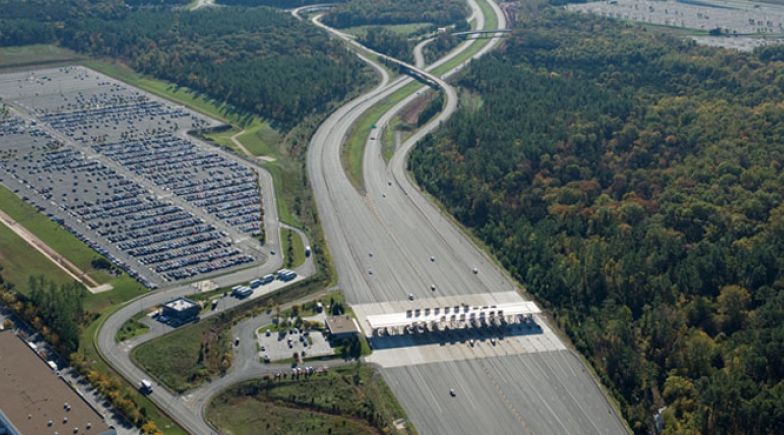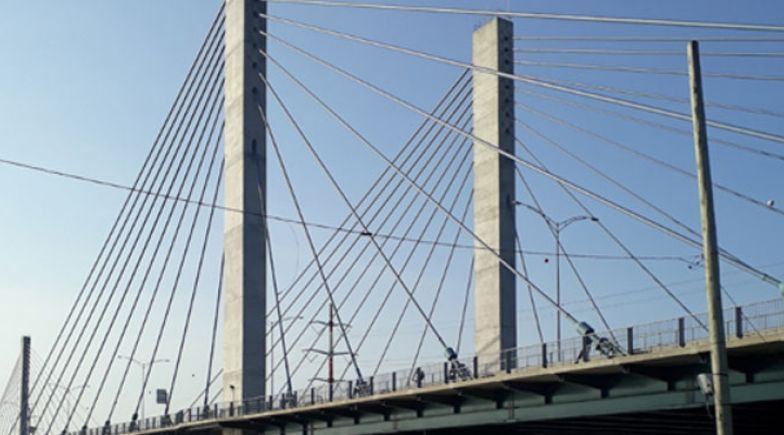The Chesapeake Bay Bridge-Tunnel (CBBT) is a 23-mile long toll facility that spans the mouth of the Chesapeake Bay and serves as the sole connection between the Delmarva Peninsula and the Hampton Roads area. This bridge-tunnel complex is comprised mainly of low-level trestles, but also includes two bridges, causeway, approach roads and two underwater tunnels that pass under two major shipping channels. The original facility provided one lane of travel in each direction and was widened to four lanes, with the exception of the tunnels that remain single lane traffic in each direction. Plans for the construction of a parallel tunnel system are underway, beginning with Thimble Shoal Channel, the southernmost of the two channels.
How we helped
Steer conducted a traffic and revenue study of the CBBT to support the construction of the parallel tunnel. The CBBT is not a typical toll facility: it does not serve a large daily commuter base, but rather serves more infrequent long-distance coastal trips between the Northeast U.S., Coastal Virginia and the Outer Banks of North Carolina. Long-distance travelers can save 75 miles and avoid congested metropolitan regions.
To conduct our study, we therefore needed to understand and account for these key travel markets and the travel advantages the CBBT provides. To help develop this understanding, we undertook a data collection program that included a travel survey. We developed econometric and network models which we used to produce traffic and revenue forecasts for the CBBT.
Successes and outcomes
The Parallel Thimble Shoal Tunnel Project is being constructed through a design-build procurement. The Project was funded through an innovative financing combination of toll revenue bonds, a TIFIA loan, a Virginia Transportation Infrastructure Bank loan, and CBBT general funds. Steer’s Investment Grade Traffic and Revenue Forecasts the supported successful project financing.
Image sourced from http://www.cbbt.com.






